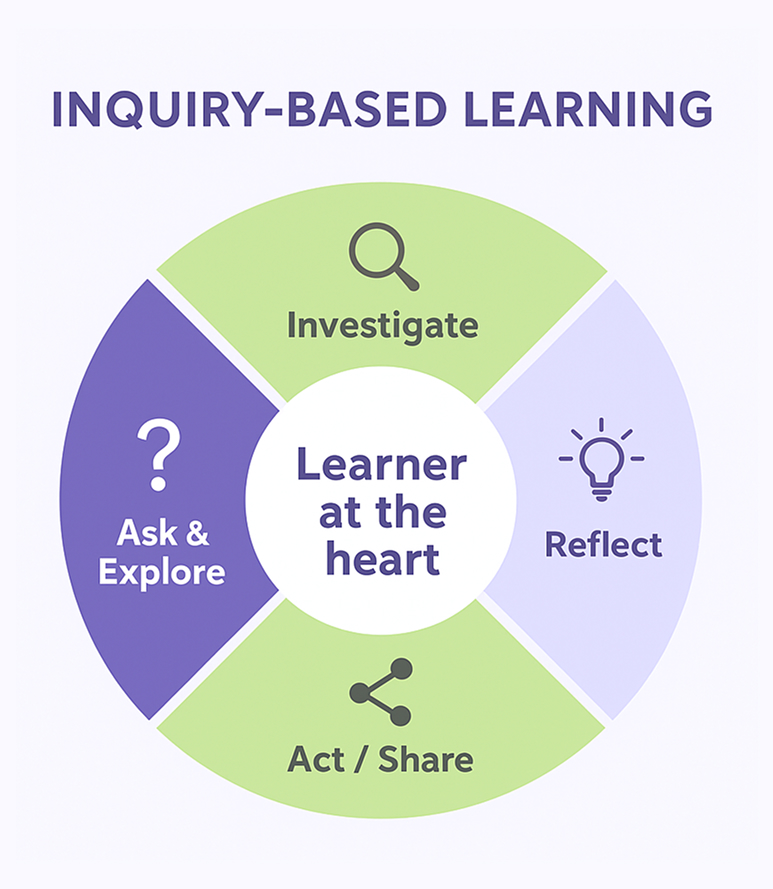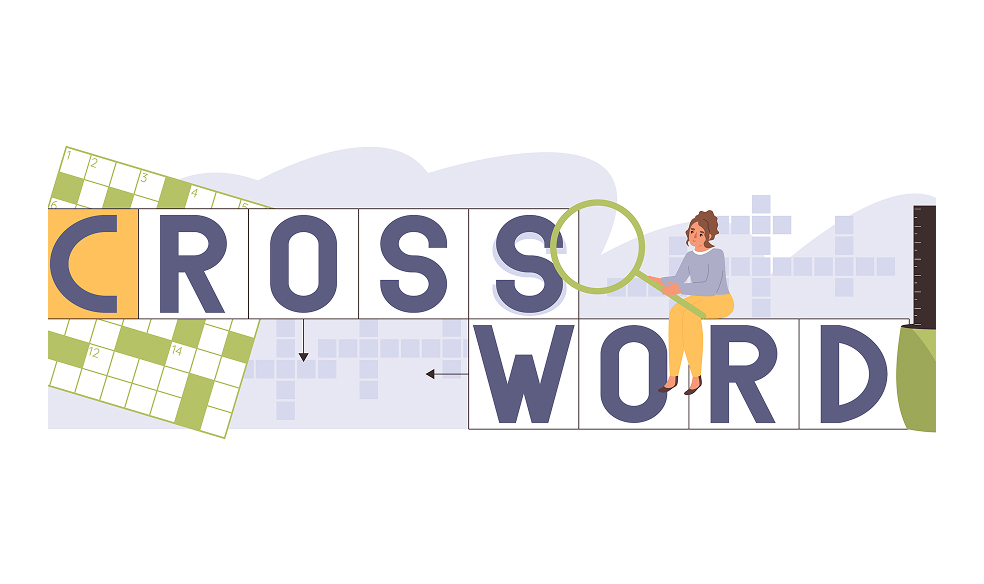Students do not enter classrooms as empty vessels, ready to be filled with knowledge. They have their own set of experiences and rich prior knowledge that they need to share. Tutors should listen to the narratives and stories of students, which motivates them and builds an enhanced learning experience. Such a practice is achieved by incorporating inquiry-based learning into your teaching goals.
Modern-day teachers search for novel ways to create personalized learning experiences for students. A personalized teaching approach helps in understanding your students better. You can learn about their favorite assessment types or lecture patterns they engage with the most. Adopting a personalized teaching approach not only improves student recall and memorization but also enhances their critical thinking, a key skill that helps them prepare for the world outside their classrooms.
What is Inquiry-Based Learning?
It’s a style of learning that promotes critical thinking and reasoning. Inquiry-based learning encourages students to ask questions, investigate the challenges presented, and evaluate evidence to draw conclusions. Inquiry-based learning ensures the students are not learning what they already know; instead, every lecture becomes a resourceful mind mapping session for the learners with such learning strategies.
Visionary school leaders align their curriculum with inquiry-based learning strategies to receive better outcomes that drive overall growth, not just for the school but for the students primarily. Learners attain problem-solving skills when performing under the educational roof of inquiry-based assessment and lesson planning, tailored to their preferences. However, it’s not easy to implement such strategies for every learning institution due to many reasons, with financial limitations being at the top of the list.
Here’s an example:
Think of an experiment where the students design their own plantation experiment instead of learning from the textbook. Such practical activities lead to strategy development in students, promising to be highly effective in their progress towards higher education.

Let’s learn about the different types of inquiry to implement in your curriculum. Here are the 4 types of inquiry:
Structured Inquiry
A strategy where a teacher puts forward a question and guides the learners through a step-by-step procedure to find the solution. This strategy enhances their critical thinking skills as they investigate the question and reach conclusions through a defined set of steps presented by the tutor. Structured inquiry-based learning is a highly effective strategy for young learners.
Open Inquiry
It’s a technique where the learners are asked to handpick their own set of questions from topics of their choosing. They seek answers to those questions through different engagement steps that foster critical thinking and creativity.
Guided Inquiry
It’s a teacher-led strategy where the tutors provide a certain structure or support for the students to give them a picture of their understanding. Doing so generates curiosity among the students and enhances their critical thinking in the process.
Confirmation Inquiry
Here, the students are provided with questions and their answers. They are asked to seek the answers to these questions through various research techniques, enhancing their investigative and critical thinking abilities. The students route back to the root cause of their answer and figure out what occurrence led to this answer!
The Need for Curriculum Alignment
Curriculum alignment helps filter out learning gaps and fill them accurately with suitable teaching techniques. Your lessons, activities, and assessments should be aligned under the same goal, and this is what curriculum alignment does! It provides a smooth pathway for students to transition between grades and adopt an understanding that helps them exist in the modern world.
Curriculum planning and development are critical for student learning. It offers a structured framework for enlightening the students and preparing them for the life ahead. A perfectly-aligned curriculum helps teachers deliver valuable instruction, leading to a well-informed classroom. Let’s learn how curriculum alignment benefits both tutors and students.
Curriculum Alignment Benefits for Students
A perfectly aligned curriculum helps students in more ways than one. Students engage more with quiz types specifically made for them, apart from the regular lectures. Curriculum alignment helps promote personalized learning, making memorization and conceptualization more fun. Here’s how students benefit from proper curriculum alignment:
- Clear understanding of the course outline and schedule.
- More engaged students than before.
- Assists students in planning their own schedule.
- Setting the perfect pace for learning.
Curriculum Alignment Benefits for Tutors
The right curriculum alignment helps in creating a roadmap for the tutors to plan effective lessons and build interactive assessments that match the learning styles of students. Teaching becomes less of a hassle with the right curriculum plan. Curriculum alignment helps tutors:
- Create more focused roadmaps of instruction
- Understand the learning needs of students
- Design effective lesson plans
- Improve their teaching efficiency
Strategies to Blend Inquiry-Based Learning into Assessments
There are numerous strategies to welcome inquiry-based learning into your assessments. Here are the strategies to blend inquiry-based learning with formative and summative assessments:
Inquiry-Based Learning for Formative Assessments
The low-stakes classroom activities or quizzes are termed formative assessments. Tutors conduct these assessments during the learning session to test the knowledge and skill development as the session is proceeding. Blending inquiry-based learning into your regular formative assessments allows tutors to watch and listen to the students who come up with their own set of ideas and approaches to solve open-ended formative questions.
As a tutor, you can also ask the students to update a regular journal with daily, weekly, or fortnightly entries of what they’re learning. They can answer questions like “What was hard for me?” or “What did I understand today that will help me in my future? ”
Inquiry-Based Learning for Summative Assessments
Tutors conduct summative assessments at the end of the session to test the overall learning of students. After completing their inquiry projects, students share their results through presentations, seminars, or other ways. Teachers look at how well students can see different viewpoints, the quality of their work, and how clearly they explain their conclusions. The learners can take the lead in their learning with the help of inquiry-based learning, which promotes a personalized and meaningful approach.
Final Thoughts
Modern-day schooling emphasizes student engagement for better learning outcomes. Therefore, modern schools consider it essential to develop student curiosity for enhancing critical thinking and preparing them for the life ahead, not just the upcoming grade. Tutors are advised to blend inquiry-based learning styles into their curriculum to foster education that benefits the students in progressing forward.





